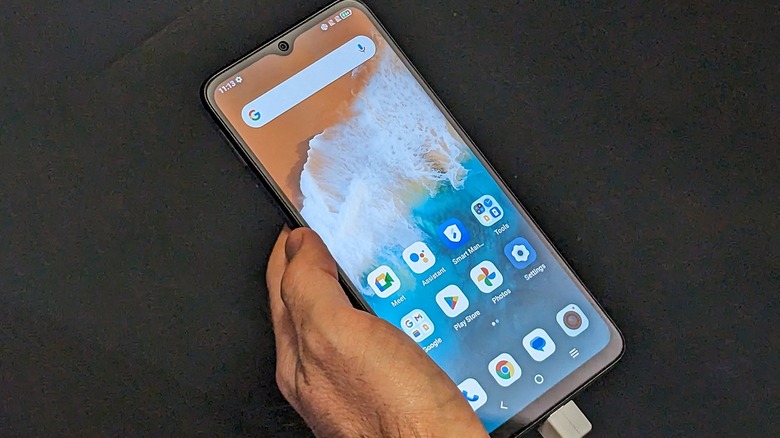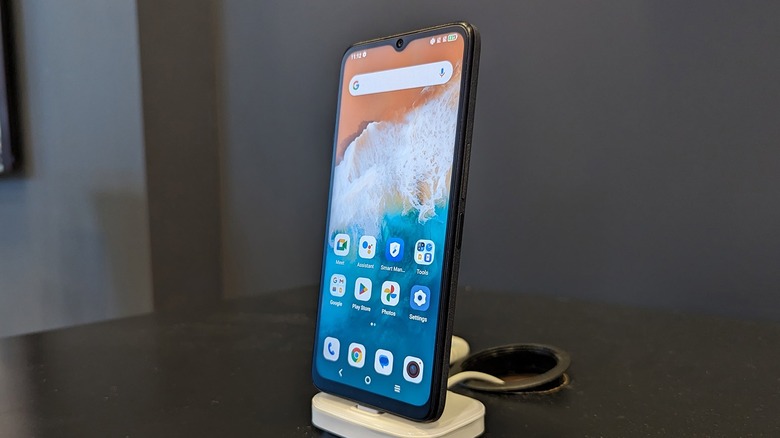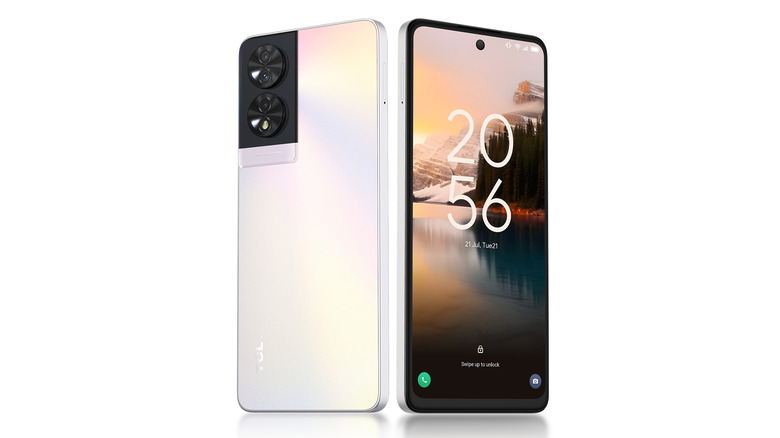TCL's New Budget-Friendly Android Phones Need To Come To The US, But Will They?
The abundance of screens around us makes it imperative to mitigate the negative impacts of constant exposure to artificial light. For conscious consumers, electronics brands have been exploring solutions in the form of blue-light filters or alternative display technologies like electronic paper (ePaper). TCL, famous for its value-for-money TVs, display innovations, and smartphones, now adds to the momentum with new smartphones featuring displays that resemble full-color ePaper ones.
The TCL 40 NXTPAPER and TCL 40 NXTPAPER 5G smartphones come with the company's bespoke display technology designed to cut out glare and offer "eye comfort" without the shortcomings of traditional ePaper displays. The technology is offered on certain TCL laptops and tablets and is coming to smartphones for the first time. It features a matte, paper-like surface, accompanied by a dedicated color sensor that adjusts the display's color temperature according to the ambient lighting, analogous to the iPhone's TrueTone feature. Notably, while the display is claimed to be ePaper-like, it isn't actually ePaper. This means it refreshes instantly and is free from the jitters or lag characteristic of traditional ePaper displays.
In addition to the hardware, the TCL 40 NXTPAPER smartphone series has a suite of software features with different color modes, including a monochrome, tweaking the display's visibility and contents. The duo is also compatible with the company's T-Pen passive stylus, sold as a separate accessory.
5G, but at what cost?
Besides similar displays, TCL's two new phones vary greatly in display size and resolution. The TCL 40 NXTPAPER (LTE-only) features a 6.78-inch full HD+ hole-punch display with a 90Hz refresh rate, whereas the TCL 40 NXTPAPER 5G is equipped with a 6.6-inch HD+ display with a teardrop notch and a 60Hz refresh rate. Atypically, the LTE-only model gets a relatively premium design and better features.
Inside, the LTE-only TCL 40 NXTPAPER packs a MediaTek Helio G88, a two-year-old chipset also seen on other budget phones such as Motorola G Stylus 2022. It is paired with 8GB of RAM, which can be extended further with virtual RAM technology, while 256GB of storage is standard on the phone, expandable up to 2TB using a microSD card. The 5G model, on the other hand, is powered by an older but 5G-supporting MediaTek Dimensity 700 chip and comes stocked with 256GB of storage, expanded to up to 1TB with a microSD card, but with only 6GB of RAM.
The TCL 40 NXTPAPER is equipped with a 5,010 mAh battery and supports fast charging at 33W with a suitable brick available with the phone. Meanwhile, the 5G variant has an identical 5,000 mAh battery but with slower 15W charging (you get a 10W charger in the box). Notably, the NXTPAPER display does not reduce power consumption significantly, although the 5G variant's lower screen resolution undoubtedly helps with a longer backup.
Good cameras but no word on U.S. availability
Both phones share 50MP sensors paired with f/1.8 lenses for primary cameras. The LTE model comes with two additional cameras on the back, including a 5MP ultrawide-angle setup with a 115-degree wide field of view and a 2MP macro camera. In contrast, the 5G model gets a frivolous 2MP depth sensor along with a similar 2MP macro unit. Owing to the limitations of the mid-range chips, both phones only support 1080p video recording at a maximum of 30fps. Regarding other entertainment features, the LTE variant has dual speakers and HD audio tuning by DTS, which the 5G model lacks.
NFC support and a 3.5mm headphone jack are standard on both devices. Both phones also receive side-mounted fingerprint scanners. Both phones come pre-installed with Android 13, while TCL promises a single update to Android 14 following the official release from Google.
The TCL 40 NXTPAPER will be available starting September 2023 for €199 (roughly $215), while the 5G model will follow in October for €249 (approximately $270). Both models will be initially available in Europe, with global launches planned for subsequent months. As for availability in the U.S., however, there is no word from the company.


